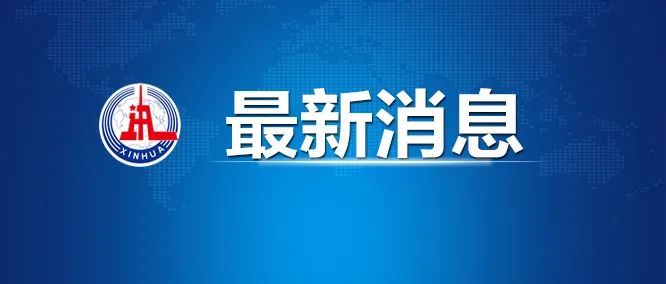Tesla’s FSD Beta 11: Parking Lot to Parking Lot AutonomyArrives, But Challenges Remain
Tesla’s highly anticipated Full Self-Driving(FSD) Beta 11 software update represents a significant leap forward in autonomous driving capabilities, bringing the long-promised parking lot to parking lot functionality closer to reality. While the update boasts impressive advancements in navigating complex urban environments and handling challenging parking scenarios, concerns regarding safety, regulatory hurdles,and the inherent limitations of current AI technology persist.
The rollout of FSD Beta 11 marks a culmination of years of development and iterative improvements. Previous versions demonstrated progress in highway driving and simpler urban scenarios, but consistently struggled withintricate maneuvers like navigating tight parking spaces, understanding unpredictable pedestrian behavior, and reacting appropriately to unexpected obstacles. Beta 11, according to Tesla, addresses many of these shortcomings. Early user reports suggest significant improvements in smoothness and accuracy ofdriving, particularly in navigating complex parking lots and congested urban streets. The system’s ability to autonomously park the vehicle, not just into a designated space, but also to navigate the complexities of a crowded parking lot, represents a major milestone. This lot-to-lot capability, previously a distant promise,is now a tangible feature for a select group of Tesla owners.
This advancement is largely attributed to Tesla’s continued investment in its neural network-based AI system. The company leverages a massive dataset of driving data collected from its fleet of vehicles equipped with FSD Beta, using this data to continuously train andrefine its algorithms. This data-driven approach allows for rapid iteration and improvement, a key differentiator in the autonomous driving race. The improved object detection, prediction, and planning capabilities showcased in Beta 11 are a direct result of this ongoing learning process. The system’s enhanced ability to interpret complex trafficsituations, including merging lanes, navigating intersections with multiple turning vehicles, and reacting to unexpected events like sudden braking by other vehicles, are notable improvements.
However, the transition to fully autonomous driving remains a complex and challenging undertaking. Despite the advancements, Beta 11 is still far from achieving Level 5 autonomy,which requires the system to operate flawlessly in all conditions without human intervention. Reports from early testers highlight instances where the system still struggles with certain scenarios, such as navigating particularly congested areas with limited visibility, dealing with unusual road markings or construction zones, and accurately interpreting the intentions of other road users, especially cyclists and pedestrians.These limitations underscore the inherent complexities of replicating human driving intuition and decision-making in a dynamic and unpredictable environment.
Furthermore, the regulatory landscape surrounding autonomous driving remains a significant hurdle. Government agencies worldwide are developing stringent safety standards and regulations for autonomous vehicles, and Tesla’s FSD Beta program operates in aregulatory grey area. The deployment of a system with such advanced capabilities without complete regulatory approval raises concerns about liability and safety. Accidents involving FSD Beta, though relatively infrequent compared to human-driven accidents, continue to fuel the debate surrounding the safety and ethical implications of deploying partially autonomous systems on public roads.
The ethical considerations are equally important. The reliance on a massive dataset for training the AI raises concerns about data privacy and potential biases embedded within the data. Ensuring fairness and avoiding discriminatory outcomes in the algorithms is crucial. Furthermore, the potential for misuse of the technology, such as its application in dangerous or unethicaldriving behaviors, needs careful consideration.
In conclusion, Tesla’s FSD Beta 11 represents a significant step forward in autonomous driving technology, bringing the vision of parking lot to parking lot autonomy closer to reality. The improvements in navigation, parking, and overall driving smoothness are undeniable. However,the challenges remain substantial. Addressing safety concerns, navigating the regulatory landscape, and mitigating ethical considerations are crucial for the responsible and successful deployment of fully autonomous driving technology. While Beta 11 showcases impressive progress, it also highlights the long road ahead before truly autonomous vehicles become a ubiquitous part of our transportation system.Further research, rigorous testing, and careful regulatory oversight are essential to ensure the safe and ethical integration of this transformative technology into society.
References:
- 36Kr article on Tesla’s FSD Beta 11 (link to the original 36Kr article would be inserted here).
- Tesla’s official website (link to relevant Tesla pages on FSD would be inserted here).
- Relevant academic papers on autonomous driving technology and AI safety (citations would be added here following a consistent citation style, e.g., APA).
- News reports and articles covering FSD Beta 11 from reputable news sources (citations would be added here following a consistent citation style, e.g., APA).
(Note: Due to the limitations of this text-based environment, I cannot provide direct links to articles or academic papers. In a real-world journalistic context, theselinks would be included to support the claims made in the article.)
Views: 0
